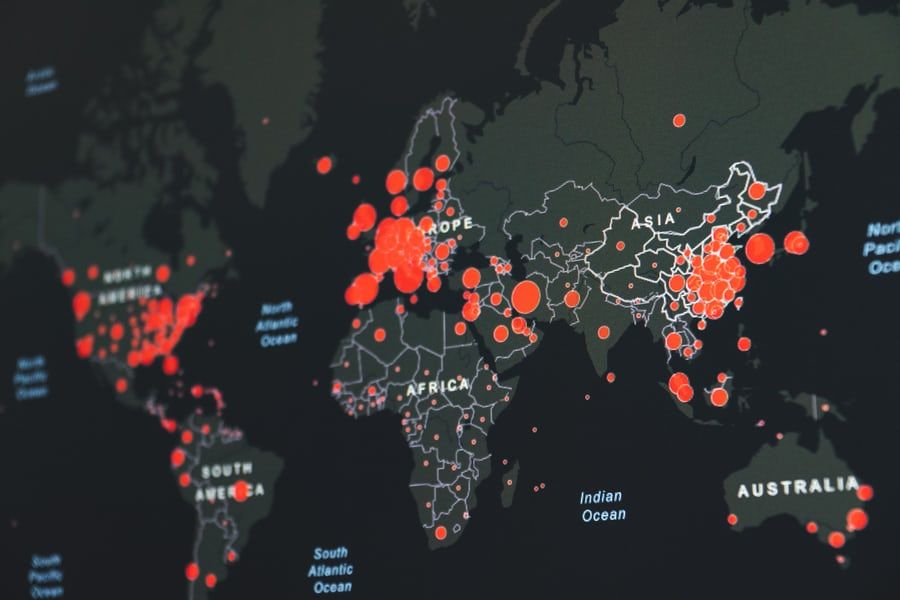Modeling the True Prevalence of the COVID-19 Pandemic
The framework could help officials assess the true burden of disease in certain areas.

A recent study conducted by investigators from the University of Washington has discovered that more than half of the COVID-19 cases in the United States went undetected as of March 7, 2021.
Findings from the study were published in the journal Proceedings of the National Academy of Sciences.
"There are all sorts of different data sources we can draw on to understand the COVID-19 pandemic -- the number of hospitalizations in a state, or the number of tests that come back positive. But each source of data has its own flaws that would give a biased picture of what's really going on," Adrian Raftery, senior author on the study said. "What we wanted to do is to develop a framework that corrects the flaws in multiple data sources and draws on their strengths to give us an idea of COVID-19's prevalence in a region, a state or the country as a whole."
For the study, the investigators developed a statistical framework which incorporated important data, such as case counts and deaths attributed to COVID-19, in order to model the prevalence of the disease.
The model assessed the prevalence in the United States, as well as each individual state up to March 7, 2021.
Findings from the study showed that on March 7, 2021, an estimated 19.7% of US residents were infected. Up to that point, the investigators determined that the US had an undercount factor of 2.3, which indicates that only 1 in 2.3 cases of COVID-19 were being confirmed through various testing methods.
Additionally, the investigators found that the undercount rate also varied widely by state.
"It can depend on the severity of the pandemic and the amount of testing in that state," Nicholas Irons, lead author on the study said. "If you have a state with severe pandemic but limited testing, the undercount can be very high, and you're missing the vast majority of infections that are occurring. Or, you could have a situation where testing is widespread, and the pandemic is not as severe. There, the undercount rate would be lower."
The investigators believe that this framework could help officials and experts determine the true burden of disease in certain regions, which could help them direct recourses accordingly.
"We think this tool can make a difference by giving the people in charge a more accurate picture of how many people are infected, and what fraction of them are being missed by current testing and treatment efforts," Raftery said.
